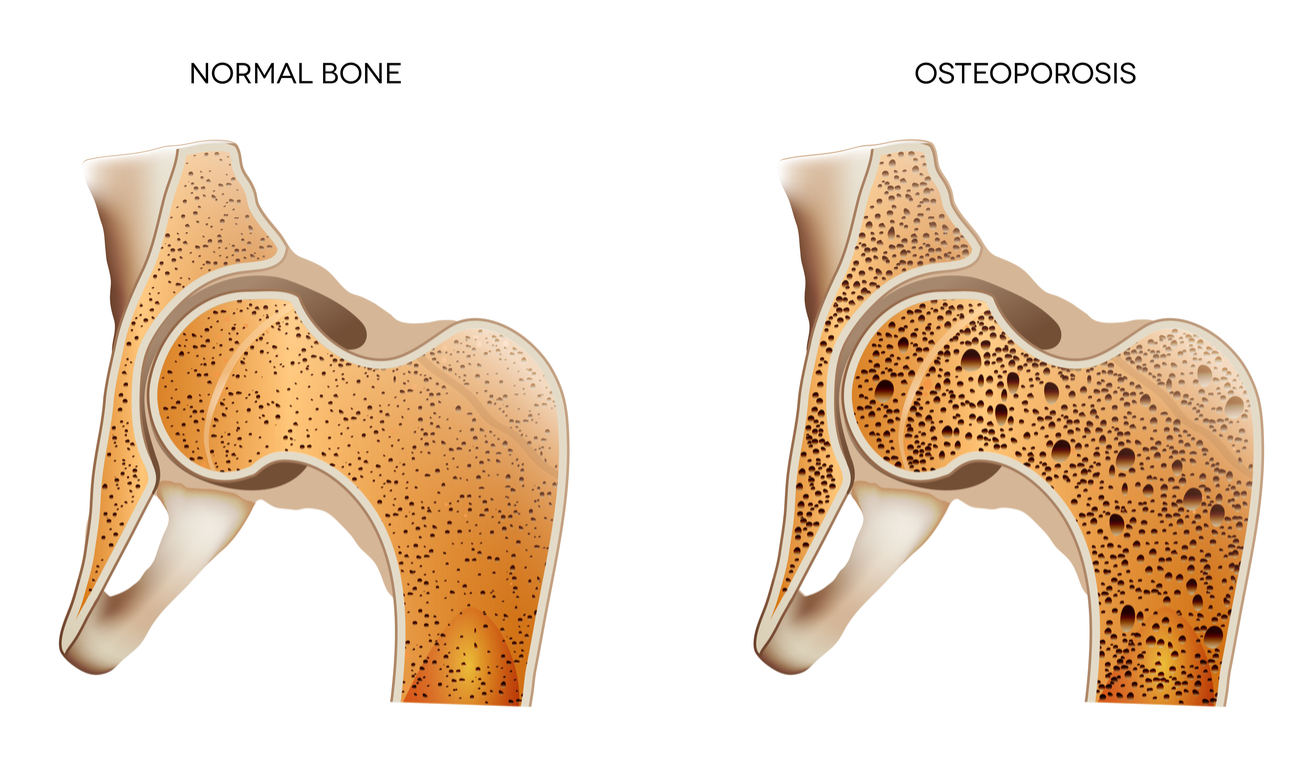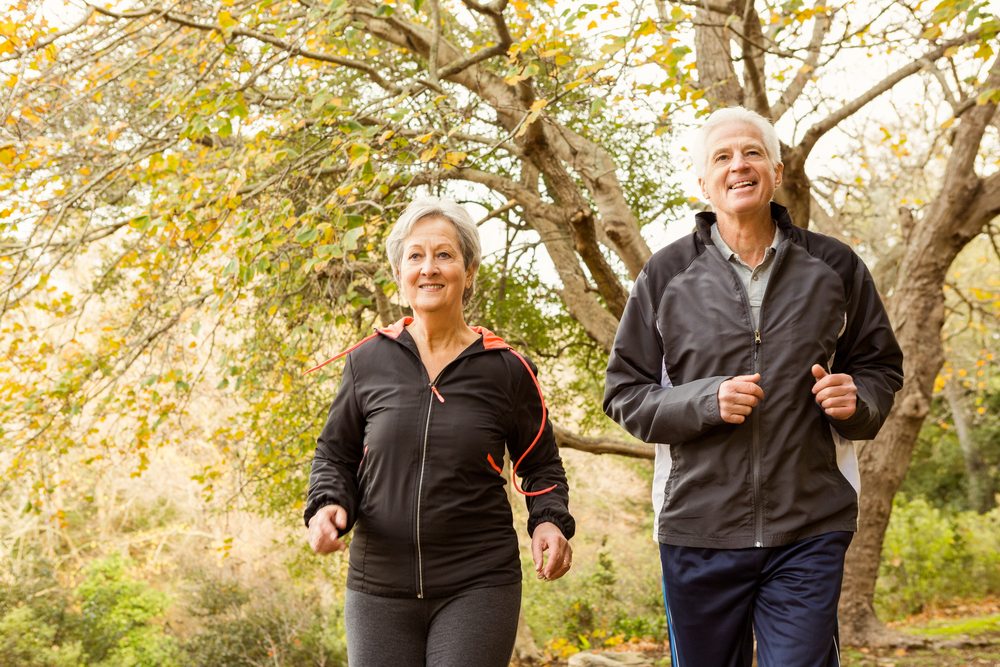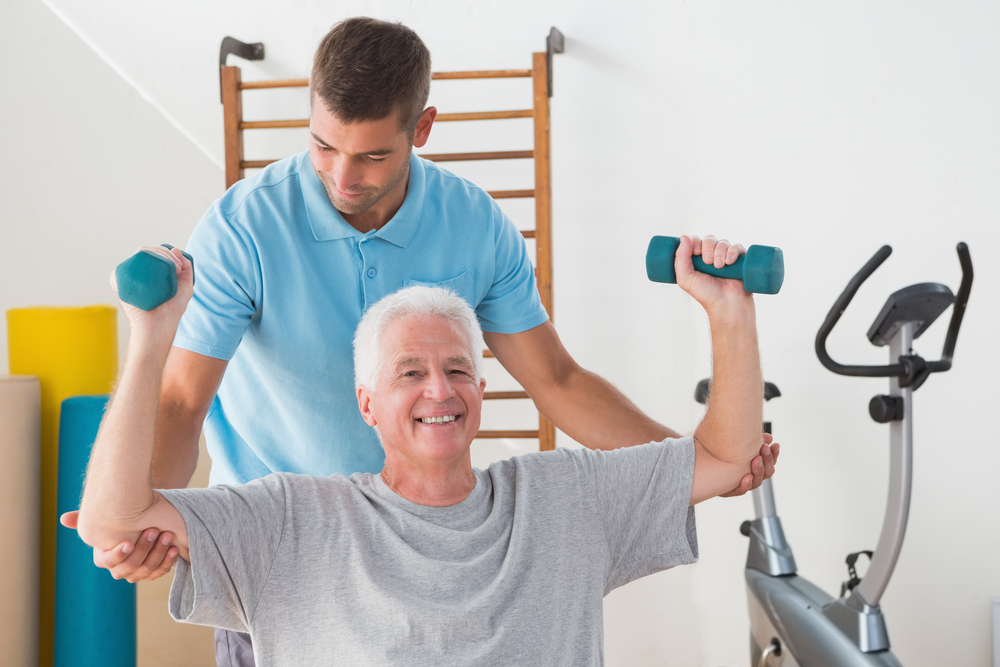Exercise for Osteoporosis and Osteopoenia
What are osteoporosis and osteopaenia?
Osteoporosis is a condition where a person’s bones become thin, weak and fragile. The bone is referred to as having low bone mineral density (BMD) and the person is at an increased risk of fractures (broken bones). Osteopaenia is a condition where the bones have lower than normal bone mineral density, but not low enough to be classified as osteoporosis.


What are the benefits of exercise in patients with osteoporosis and osteopaenia?
• Weight bearing exercise can delay the onset of osteoporosis and reduce the risk of fractures. Weight bearing exercise such as walking, jogging and lifting weights exerts pressure on the bones of our body, which tells them that they need to stay thick and strong. Just like muscle, your bones need exercise to stay strong.
• Certain types of exercise can also improve your balance and reduce your risk of falls, which is important to prevent fractures in people with osteoporosis and osteopaenia.
• Exercise can also improve muscle strength and cardiovascular fitness, which improves mobility and physical activity tolerance.
What is the best exercise for people with osteoporosis and osteopaenia?
• Weight-bearing exercise is the best type of activity for patients with osteoporosis and osteopaenia, because it is the pressure/load placed on the bones of our body that stimulates new bone mineral production.
• Weight-bearing exercise for the lower limb and spine includes any exercise where you are on your feet, ideally with mild impact such as walking.
• For more advanced patients, this can also include jogging, hopping exercises and certain sports. For both the upper and lower body, resistance training should also be included.
• Resistance training is exercises where you use weights, elastic bands or bodyweight to push or pull against resistance.
• In addition to this, balance exercises are an important component of an exercise program for someone with osteoporosis or osteopaenia. Balance exercises should be challenging but achievable and always performed with safety being the highest priority.

Is exercise safe if I have osteoporosis? What about the risk of fracture?
The right type of exercise is both safe and effective for people with osteoporosis and osteopaenia, as long as the loads are progressed carefully, and the risk of falls is minimised. People with osteoporosis and osteopaenia should begin with familiar weight-bearing exercise such as walking, ensuring that you wear supportive shoes and avoid environments where there is a high risk of trips and falls. For resistance training, it is also important to start gently, with manageable weights and controlled movements.
In general, with the right type of exercise the risk of a fracture is very low and is far outweighed by the potential benefits of an exercise program.
Our Exercise Physiologists at Glebe Physio are professionals who are trained in the safe and effective prescription of exercise for people with conditions such as osteoporosis and osteopaenia. At Glebe Physio, we offer one-on-one appointments to individually assess your situation and tailor an exercise program for you, as well as fully supervised classes for those who enjoy exercising in a group environment.
If you would like to ask a question about exercise for osteoporosis or anything else, visit our Contact Us page to get in touch.
If you are ready to make an appointment, visit our make a booking page and get started today.
Get Active!
For more, visit our Frequently Asked Questions page.
If you would like to ask a question about our services or anything else, visit our Contact Us page to get in touch.
If you are ready to make an appointment, visit our make a booking page and let us help you with your fitness or recovery.

